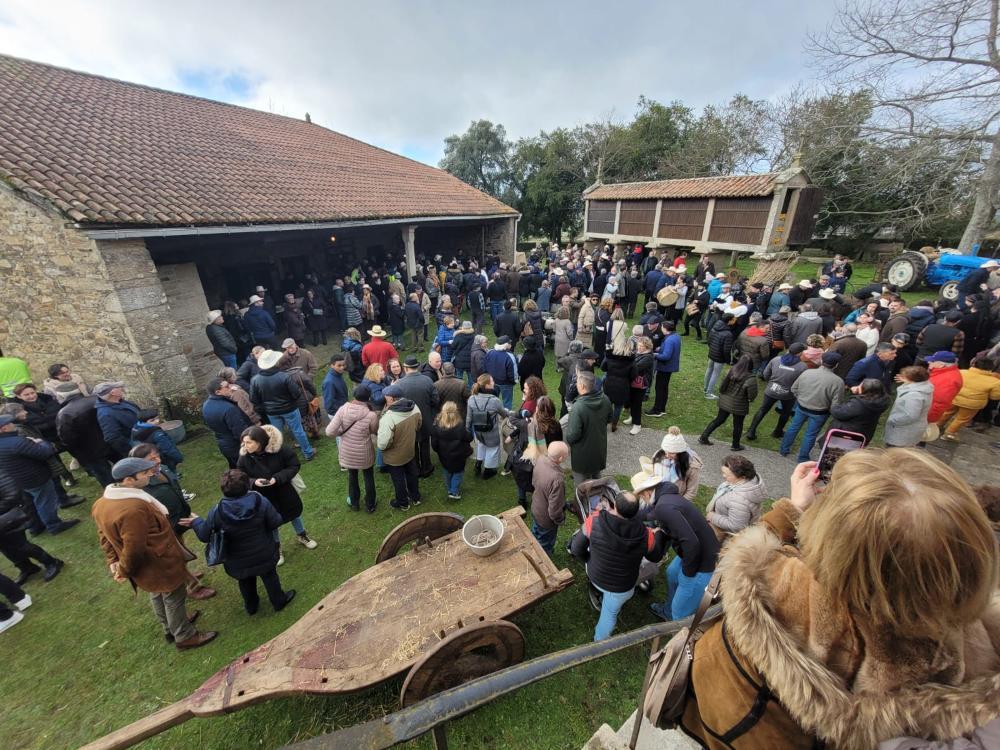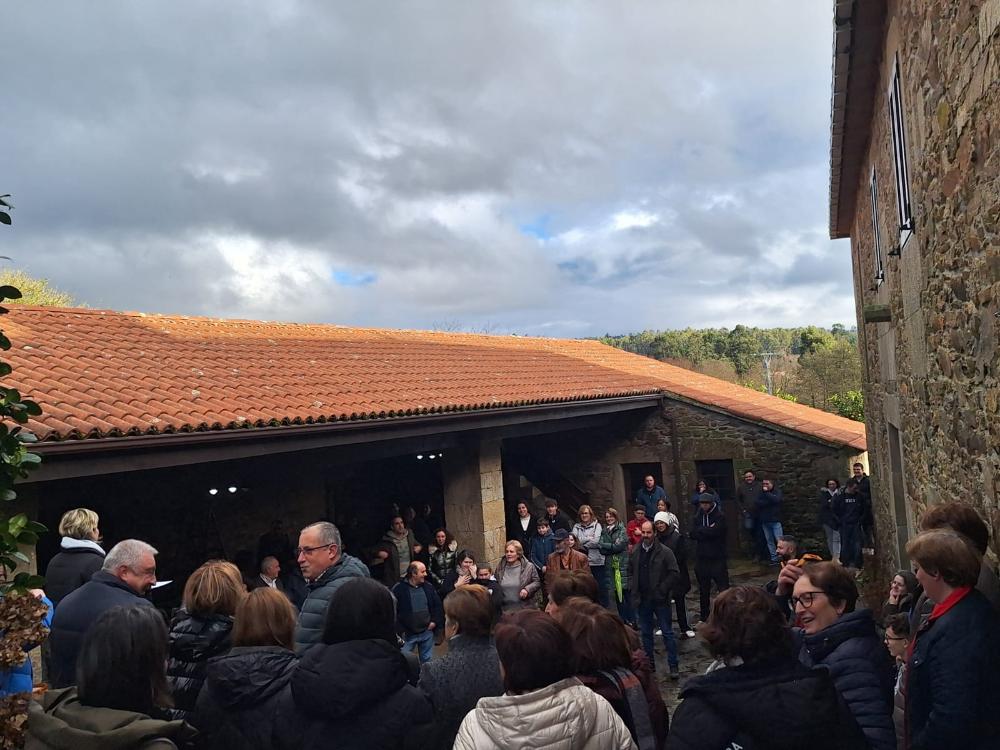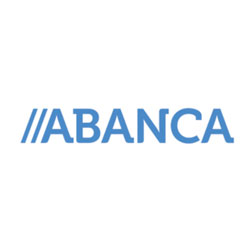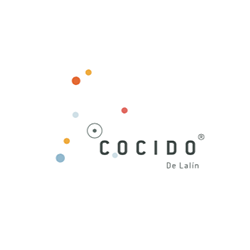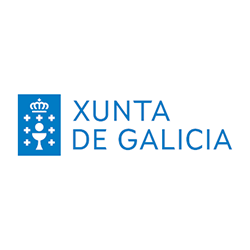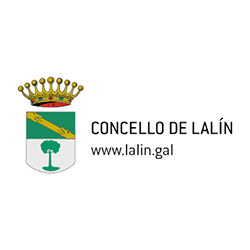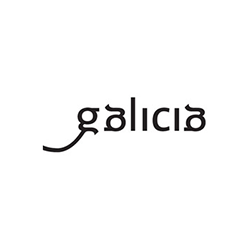The recreation of this identity event took place in the magnificent noble house of Golmar de Anzo and was organised jointly by the neighbours of Anzo and Busto. Crespo thanked the total involvement of the neighbours of the parishes of Anzo and Busto, who worked hand in hand with the organising committee in collaboration with the councillors for Festivities, José Cuñarro, and for the area, Marcos Mariño, to achieve this successful edition. The councillor also thanked the Cortizo family for lending such a unique and ideal property for the recreation of the Slaughter. Manuel Vilariño and Daniel González Alén narrated live the development of the Slaughter. It was one of the most complete editions as far as traditions are concerned, as it included various ethnographic recreations: a display of old trades, old taverns, the "escarocha" of corn, the presence of a notary and the representation of an improvised dialectic dispute over the ownership of water. There was a tasting of typical pork products and music by the Carballeira de Cercio and Trio 3.com.
The 24th Traditional Slaughter, which took place in the house of Golmar de Anzo, organised jointly by the neighbours of the parishes of Anzo and Busto, had a high participation of neighbours and visitors, and was one of the most outstanding and complete editions as it included many activities and ethnographic representations. The mayor, José Crespo, was very grateful for the total availability that the neighbours of these two parishes had from the very first moment to be organisers of the Slaughter, thanks to the organising committee made up of neighbours of both parishes and the councillors of Festivities, José Cuñarro, and of the area, Marcos Mariño. The councillor also thanked the Cortizo family (the couple formed by José Luis Cortizo Vila and María José Méijome Pérez and their son and daughter-in-law, Rubén Cortizo Méijome and Ana Valladares González) for the cession of the magnificent noble house and its annexes to carry it forward. It is a unique building with granary, barn, haystack, lareira, wooden doorway, stone tiled floor, among many other unique elements.
Also in attendance was a large representation of members of the Municipal Corporation, as well as the Regional Minister of Culture and the president of the Pontevedra Provincial Council. The pig was a Lalaíno specimen of 184 kilos in carcass, which was transported as it was traditionally done, in a cart pulled by cows and was taken to the place of its quartering. After the slaughter, there was a tasting of typical products such as ribs, bacon and chorizo. In addition, the neighbourhood provided a wide variety of typical desserts. On the other hand, the celebration of the Slaughter was narrated and commented by the journalist Manuel Vilariño and by the Official Chronicler of Lalín, Daniel González Alén, who brought to the visitors historiographical, ethnographic, cultural and even anecdotal aspects of this event that is so deeply rooted in our traditions. Throughout the process of recreating the Slaughter there were several ethnographic representations that added an extra attraction to the event, such as an exhibition of farm implements, old trades, the representation of the arrival of an emigrant from Buenos Aires, the sharpening of scythes, the "escarocha" of the corn, the staging of a scribe who was in charge of writing all kinds of documents related to the life of a parish, or the representation of an improvised dialectic dispute over the ownership of water, very representative of the old quarrels between neighbours. It also featured musical performances by the Carballeira de Cercio and Trio 3.com.


